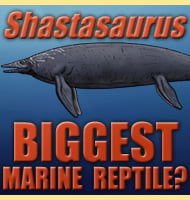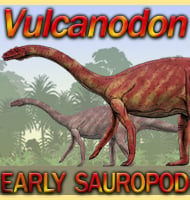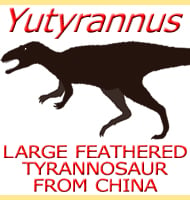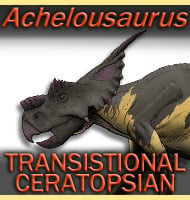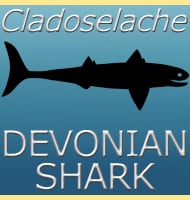In Depth
When Willinakaqe was first described it was from a collection of fossils from various different individual dinosaurs. With the holotype bones of Willinakaqe weathered, the other fossil bones were used as stand in to get a more complete picture of this dinosaur. This involved establishing what is known as a paratype, a more complete and better preserved example of the original holotype specimen.
This was all fine until a later analysis of the Willinakaqe fossils in 2016, came to the conclusion that the fossils probably do not represent the same genus of hadrosaurid dinosaur. This includes the paratype fossils which have now been renamed s belonging to their own distinct genus, Bonapartesaurus. This now leaves the holotype fossils of Willinakaqe, which are poorly preserved, so much so that they are also considered to not be clearly diagnostic enough to identify further fossils.
Willinakaqe as a valid genus of dinosaur now faces an uncertain future.
Further Reading
A new hadrosauroid (Dinosauria: Ornithopoda) from the Allen Formation (Late Cretaceous) of Patagonia, Argentina, Rubin D. Juarez Valieri, Jose A. Haro, Lucas E. Fiorelli & Jorge O. Calvo - 2010. - Revisiting the hadrosaurid diversity of the Allen Fm.: Re-evaluation of the taxonomic validity of Willinakaqe salitralensis (Ornithopoda, Hadrosauridae) from Salitral Moreno, R�o Negro Province, Argentina. - Ameghiniana. 53 (2): 231–237. - Pen�lope Cruzado Caballero & Rodolfo Anibal Coria – 2016.

